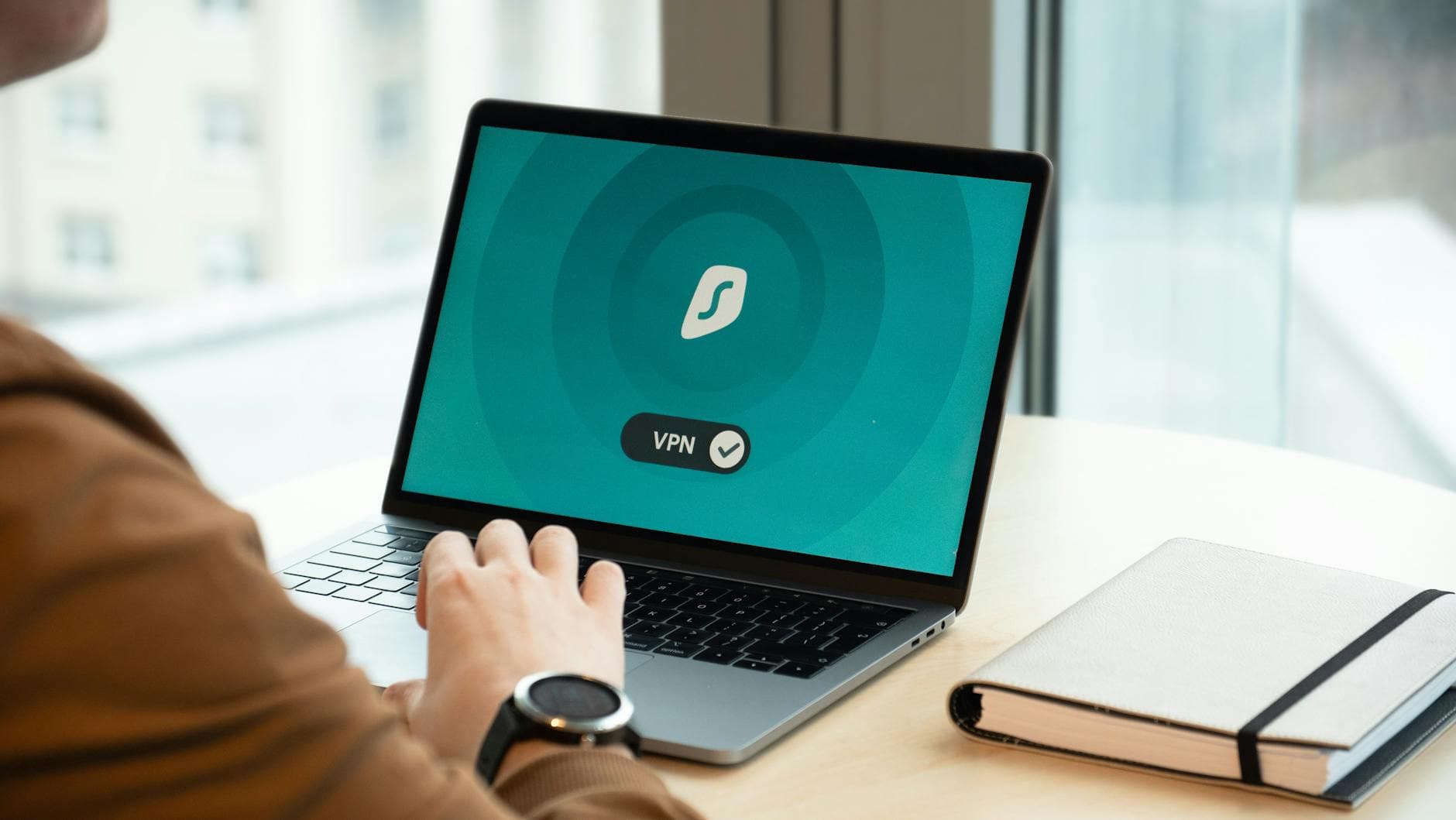Cybersecurity for Everyone: How User-Friendly Design Is Changing Digital Safety

When computers slipped quietly from offices onto kitchen tables, bags, and back pockets, cybersecurity lost its air of mystery. It became something personal, something woven into every tap, swipe, and click. Yet, the tools and techniques meant to protect us too often remained stuck in the language and logic of specialists and sysadmins. For most people, the mere suggestion of installing cybersecurity software evoked images of bewildering menus, menus within menus, and warnings too vague, or too technical, to mean anything at all. That’s begun to change, not just because the threats are more urgent, but because the industry has finally started to recognize and respect the diversity of its users.
This transition, to cybersecurity software designed for the average person, has been shaped as much by frustration as by innovation. In hundreds of consumer reviews across platforms like G2, Capterra, and Trustpilot, themes emerge: users lament products that “make you feel like you need a computer science degree,” while applauding those whose interfaces “just make sense.” Startups and legacy firms alike increasingly tout their designs as “intuitive” and “frictionless.” But does this trend reflect a mere marketing pitch, or is it substantiated by a true change in philosophy? The answer, grounded in both technology and user psychology, reveals fascinating shifts, as well as lingering gaps.
Behind the Rise of Friendly Interfaces
The push toward user-friendly cybersecurity tools isn’t happening in a vacuum. It mirrors broader trends in technology, where consumers expect frictionless experiences. Even so, cybersecurity is a special case. The stakes are higher, mistakes can mean stolen identities or drained bank accounts, and the learning curve is steeper. Unlike a photo-editing app or streaming platform, the purpose of cybersecurity software is often invisible, defined by problems that are warded off rather than delights that are delivered.
“Security is the only field where success is boring,” says Angela Rowe, a UX designer specializing in security applications. “If your antivirus or password manager is doing its job, the user feels nothing. But if it’s too complicated, people shut it off, or worse, never install it.” That invisibility paradox helps explain why so many attempts at security have fallen flat among non-technical users, even as the threats grow more sophisticated.
Reviews tell the story starkly. The enthusiasm for software like Bitdefender or Malwarebytes often hinges not just on technical merit, but on clarity. Users highlight plain English explanations of threats, dashboards that eschew jargon for obvious buttons, and alerts that prompt reasonable actions. One reviewer praised a password manager for “letting me update all my old passwords with one click” rather than “explaining algorithms I’ve never heard of.” This is usability in the service of safety, an interface that quietly shepherds you to better habits rather than bombarding you with choices you cannot meaningfully evaluate.
The Challenge of Simplification
Why is easy-to-use cybersecurity so hard to achieve? Part of the answer is technical. Good security is partly about giving users choices, but presenting the wrong options or too many options risks confusion. For years, consumer antivirus utilities defaulted to “expert” modes, showing logs and technical breakdowns that overwhelmed the average person. The user went away with a false sense of security or, worse, learned to ignore alerts out of annoyance.
Then there’s trust. User reviews frequently reveal that people feel uneasy when they can’t understand what a security app is doing in the background. If an antivirus declares a file “suspicious” but doesn’t say why, confusion breeds worry. Simplicity, then, must coexist with transparency. The best products, according to users, lean hard into this ethos: explaining, not merely alerting; recommending, not demanding. As one reviewer put it, “I finally feel like I know why I’m clicking this.”
This shift is intertwined with a larger cultural reckoning around digital empowerment. People want to feel in control of their data and their decisions, but not by navigating labyrinthine settings. Karen Hiller, a librarian who runs digital literacy workshops, points to the investments her library made in new anti-phishing tools. “The reason adoption jumped wasn’t technical features,” she explains. “It was having big clear buttons, quick pop-up tips, and guides written for my patrons, not programmers.”
Opportunities and Unexpected Lessons
What’s most striking is that the move toward approachable cybersecurity is teaching the industry lessons far beyond mere aesthetics. When user-friendly software brings basic protection to millions of non-technical people, the whole ecosystem gets stronger. Cybercriminals thrive on the easiest targets, those who have no defenses at all or give up at the first confusing prompt. Platforms that shepherd users toward updating software, generating unique passwords, or recognizing phishing attempts elevate the baseline.
Yet for developers, the temptation remains to shoehorn in features aimed at enthusiasts or decision-makers, not everyday people. Reviews often ding products that start simply but gradually “hide the settings I need” or “nag me for upgrades I don’t understand.” The sweet spot, it turns out, is empathy: understanding what your user actually wants to accomplish, and helping them do it safely, quietly, and confidently.
Interestingly, the most successful examples of user-friendly security borrow from outside the industry. Password managers now resemble social media apps, guiding you with small lessons and visual progress bars. Antivirus tools have taken cues from mobile health apps, providing “security checkups” in language that feels less alarming and more empowering. As a result, the software recedes into the background of everyday digital life, which is exactly where it should be.
The Road Ahead
There are, of course, caveats. Even the best user interface cannot eliminate the need for basic digital literacy. There are also persistent debates about how much power to give users, and how much to automate. Users’ reviews diverge sharply between those who want “set it and forget it” simplicity and those who crave fine control, but the pendulum is swinging toward the former group. That in itself is a recognition of reality: for many, the choice is not between perfect and good security, but between good enough and nothing at all.
For enterprises and policymakers, there’s a lesson, too. Making digital defenses accessible is not just a matter of consumer satisfaction, but one of public safety. Education and regulation must adapt to a world where most people will not read white papers or troubleshoot logs, but will install an app if it makes the path to safety clear.
In the end, the push toward cybersecurity software that works for everyone is a matter of respect. It recognizes that digital protection, like clean water or locked doors, should not require mastery of obscure processes. As developers and users meet in this new middle ground, security becomes a little more democratic, and a lot more effective. The reviews are in, and they all say the same thing: security is finally starting to speak our language.


